GREAT PEN WIELDERS
--- VIII ---
The Historically Imaginative Artist: Sonny Liew

Sonny Liew
“Do we become so lost in the patterns and the rhythms in our everyday lives that we fool ourselves into believing they might somehow last forever?” - Sonny Liew
The world of Sonny Liew in 10 questions.
1.Who is Sonny Liew and how did his work impact/influence the world we are living in now?
Sonny Liew is a Malaysian-born comic illustrator based in Singapore who is best known for his book “The Art of Charlie Chan Hock Chye”.
He attended school at Victoria Junior College in Singapore and then went to Clare College at Cambridge University in the UK to study philosophy. Then continuing to study illustration at the Rhode Island School of Design. After his graduation from Rhode Island, Liew got his first break into the American comics industry when Shelly Bond an American Comic Book Editor who is Vertico’s Executive Editor and Vice President, signed him on for Vertigo Comics' My Faith in Frankie.
2. What are his famous works that you should know about?

Sonny Liew clinched three prestigious Eisner Awards in the 29th annual Will Eisner Comic Industry Awards with The Art of Charlie Chan Hock Chye which portrays a fictional character “Chan” as the protagonist, a boy who came of age during the tempestuous milestones of post-World War II Singapore. The novel is merely the author’s impression of Singapore’s historical revolution describing that period of riots and chaos with striking illustrations. The book challenges conventional understandings of Singapore’s past, which calls on the reader to treat narratives with scepticism.

Eternity Girl, illustrated by Sonny Liew also scored two nominations for the Eisner Awards in 2018. The book tells a story of Caroline Sharp, an immortal superhero as well as a super-spy. She finds herself spiralling into depression and is overwhelmed with a sense of unfulfillment when her powers are proving unreliable. Her old foe, Madame Atom, comes to her with an intriguing offer. Madame Atom can give Caroline the power to end her life. The catch is, however, is that she has to destroy the rest of the world.
3. What was his aspiration and inspiration?
David Mazzucchelli, his teacher at the Rhode Island School of Design would be the one teacher that had the most impact in his comic endeavours. He was the first person he had met who had experienced and understood the comics industry.
Sonny Liew states that he draws inspiration in everything from family and friends, to movies and music and of course other comics, which would include everyone from Bill Watterson to Daniel Clowes, Yoshiharu Tsuge to Alan Moore. Also expressing his interest to try to do a little of what David Simon (creator of The Wire) has done - that is to have enough knowledge and mastery of narrative forms to tell a really compelling story whilst having something of real purpose to say.
When Liew experiences a creative block, he goes for long walks or even runs to “clear the mind”. He goes to lots of places in the east of Singapore such as East Coast Park and along the Kallang river for quiet, scenic pathways. Liew states that he has “always liked the look and feel of old shophouses” as well, because each building has a story to tell even though their not unique to Singapore.
4. Who was inspired by his works?
Unsurprisingly, a grant that was initially given for the creation of the novel by the National Arts Council (NAC) was revoked before the official book launch. A spokesperson for the NAC responded that the graphic novel "potentially undermines the authority of legitimacy of the Government.” which caused a spark of controversy.

Photo credit: Fan Yuqun
The graphic novel was also made into a play by Jasmine Teo, an aspiring director, on August 2018 which was ran in London. She thinks “the significance of it is looking back with nostalgia the quest for independence, our fight, the struggles that we had and some really very blunt and honest thoughts about colonialism.”
Liew’s novel sets the boundaries within how the society interpret reality, and formulate policies and plans for the future. The Peoples’ Action Party has its version of history to secure their supremacy, defined by Gramsci as political domination in which coercion operates under the disguise of consent achieved through ideological work. In other words, propaganda. The withdrawal of the government grant, however, created much publicity for the book and the 1,000 initial prints of the book sold out quickly upon its launch.
5. How did he start writing?
Sonny liew’s first foray into comic illustration was with Singaporean tabloid paper The New Paper in 1995, contributing a comic strip titled Frankie and Poo. A compilation of the strips was published by Times Publishing in 1996 as well.

Liew was always interested in History and was fascinated by Singapore’s early political history stating that “the most exciting part was the whole struggle for Independence and the People’s Action Party's emergence through to merger and Separation”. One of the reasons why he became interested in it was the 2011 General Elections when he connected with people of similar views and mindsets. Thus drawing inspiration for his first book.
6. Besides being known for a writer/illustrator, what else was he interested in or famous for?
“It’s basically that even superpowers can’t really solve problems or issues of mortality.”
A topic that Sonny Liew is interested in, both personally and on a theoretical level. In a collaboration with Australian theatre veteran Edith Podesta, working on an all-new graphic novel for the stage.
The play centres on the process of creating a comic titled Black Oyster, which features a protagonist named Green Bolt, and addresses the complex themes of ageing and mortality using the superhero genre.
7. What were some of the interesting quirks surrounding Sonny Liew?
The author was actually born in Seremban, Malaysia and got his Singapore Citizenship in 2012. He told The Straits Times that his mother is a Singaporean, and she brought him and his sister to live in Singapore when he was 5. However, he considers himself a “Causeway child”, as his father remained in Seremban.
Liew is a vegetarian- When he was studying in Victoria Junior College, he did a paper on animal rights and must have found out about some of the cruel ways animals are farmed for their meat.
8. What are some of the awards he received?
Apart from his success in his Book Charlie Chan Hock Chye, he is also the creator of Malinky Robot, a Xeric Award recipient in 2004 and winner of the “Prix de la Meilleure BD” (Comic Album of the Year) at the Utopiales International SF Festival in Nantes in 2009.
He was also a recipient of Singapore's Young Artist Award in 2010.
His most recent achievements were his two nominations for this year's Will Eisner Comic Industry Awards for the limited series Eternity Girl (2018), which he illustrated. The prestigious Eisner Awards, the nominations of which were announced on the 26th of April by United States organisation Comic-Con International, are considered the Academy Awards of the comics world.
9. How did critics react to her work?
In a review by Leah Bruce on Charlie Chan Hock Chye, she mentions that “Sonny Liew masterfully juxtaposes history and fiction”, so much so that she first couldn't tell the difference. Also stating that the graphic novel and his art, beautifully rendered in contrasting styles to add to the realism, intertwined with the history of Singapore. Describing that it was engaging and educational, not only in the history of comics, but also in an unfortunately little-known (to Westerners) place and era: Singapore in the 20th century.
Impressed by Liew’s visual storytelling, Leah was enlightened by it being versatile—filled with or devoid of color depending on the story’s context and mood—and beautifully simple.
10. What other works did the author that few people knew about?
He was nominated for an Eisner award in the pencilling/inking category for his work on SLA and Disney's Wonderland, written by Tommy Kovac.

Other titles include Marvel Comics' Sense and Sensibility adaptation, First Second Books' "The Shadow Hero" with Gene Luen Yang, An origin story for the obscure Golden-Age comic book hero The Green Turtle, who is thought to be the first Asian-American superhero and DC Comics' "Doctor Fate" with Paul Levitz.
Did Liew’s writings and illustrations intrigue you? Have you read his book yet? What are your thoughts regarding it? Let us know in the comments below.
---











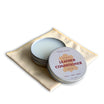











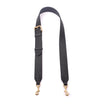
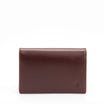




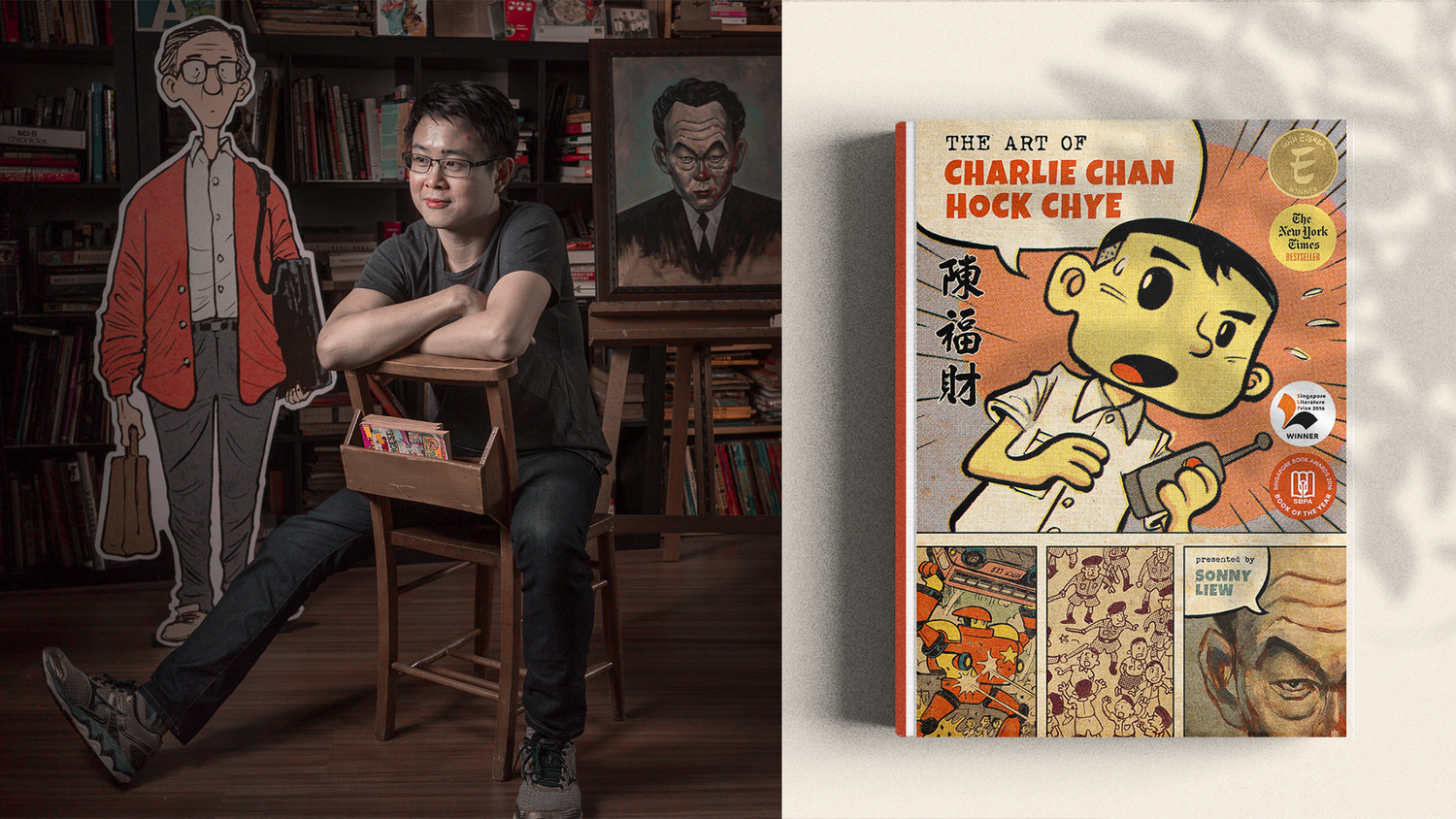
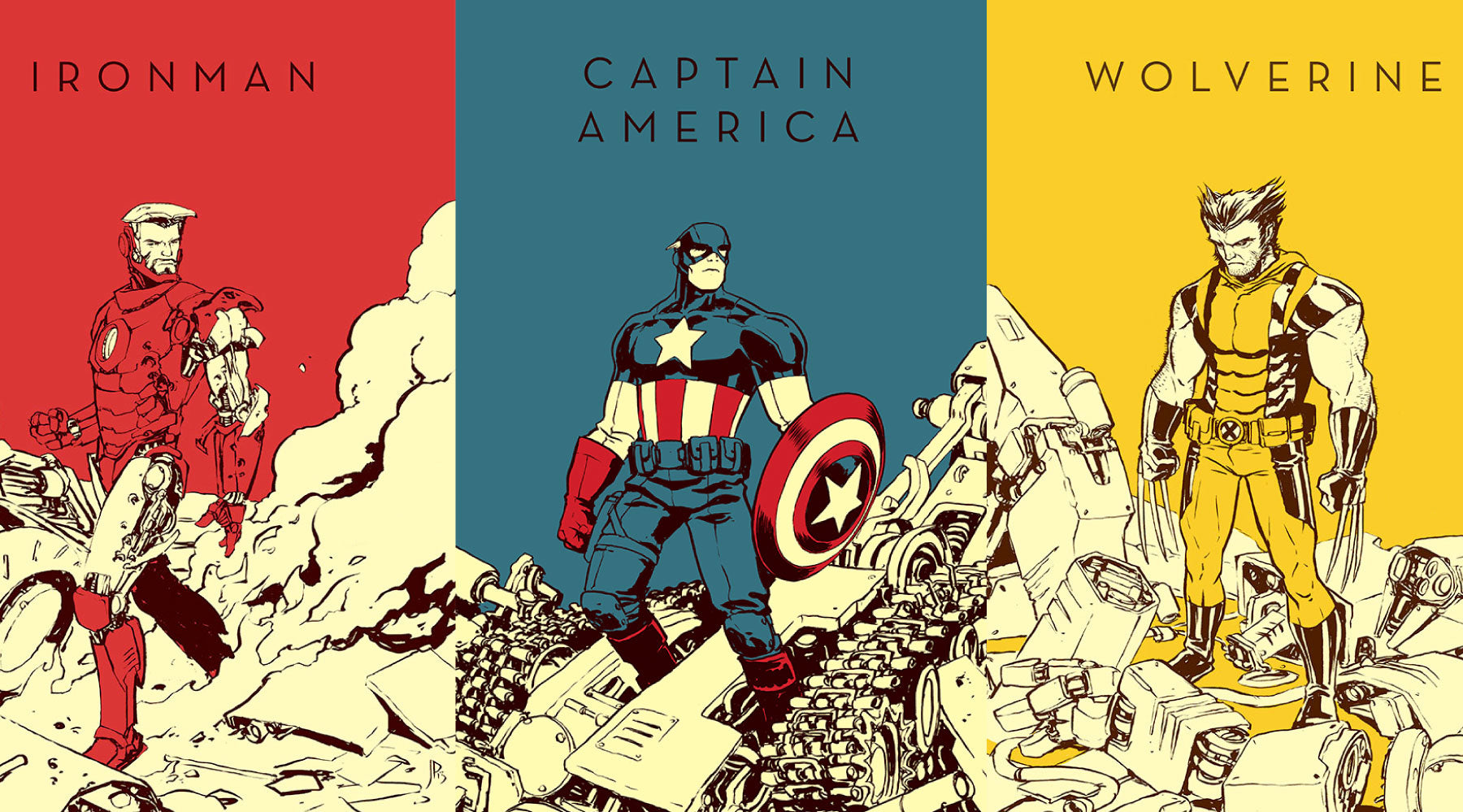
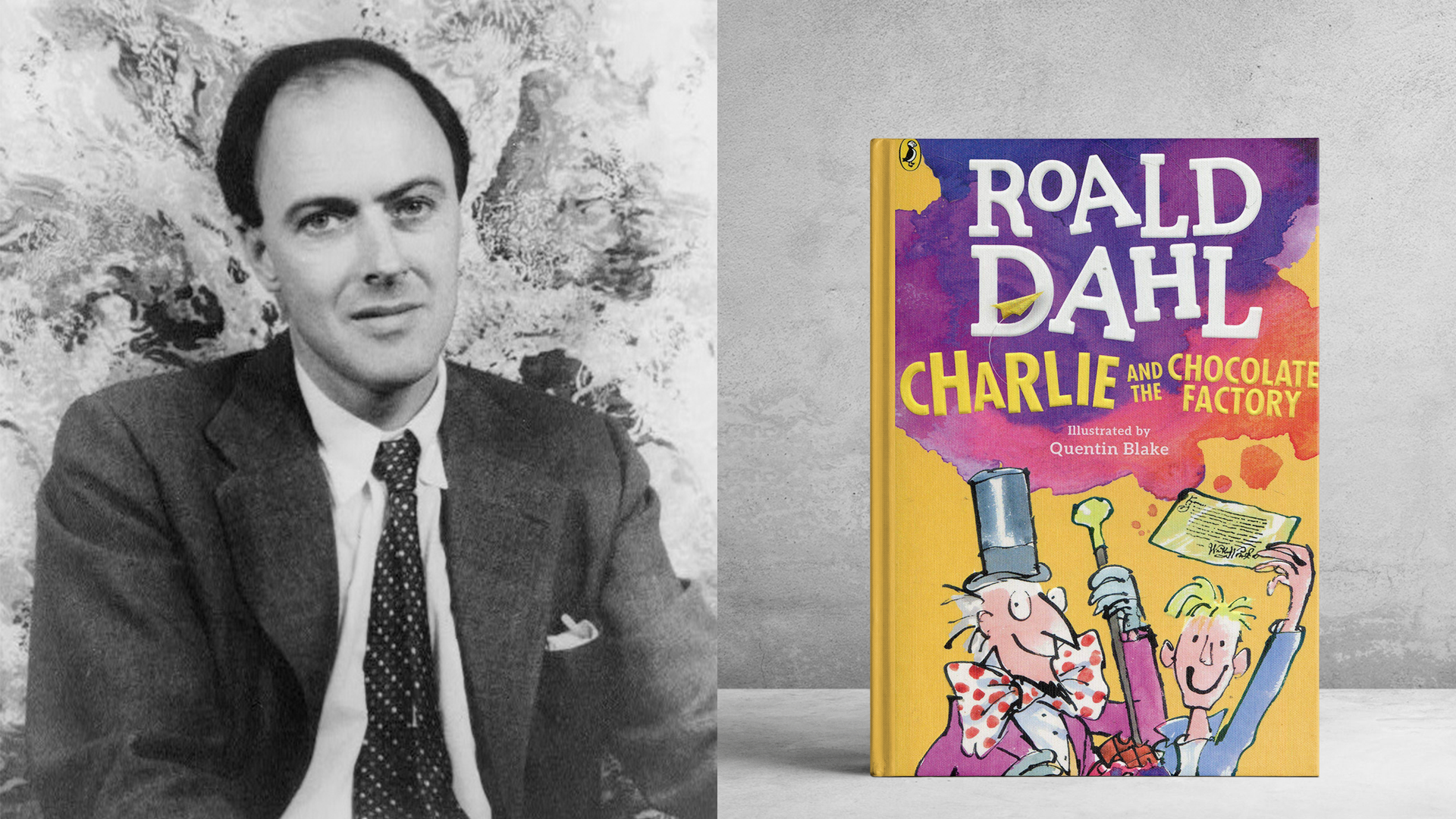
Leave a comment
This site is protected by hCaptcha and the hCaptcha Privacy Policy and Terms of Service apply.